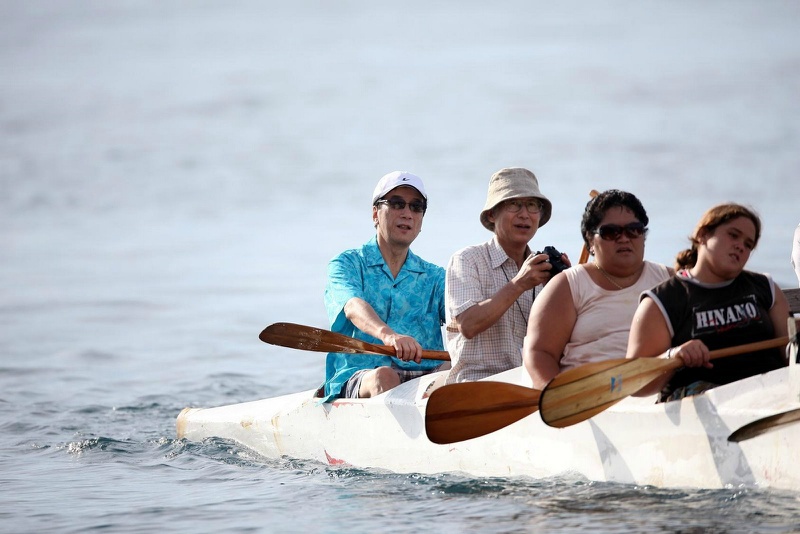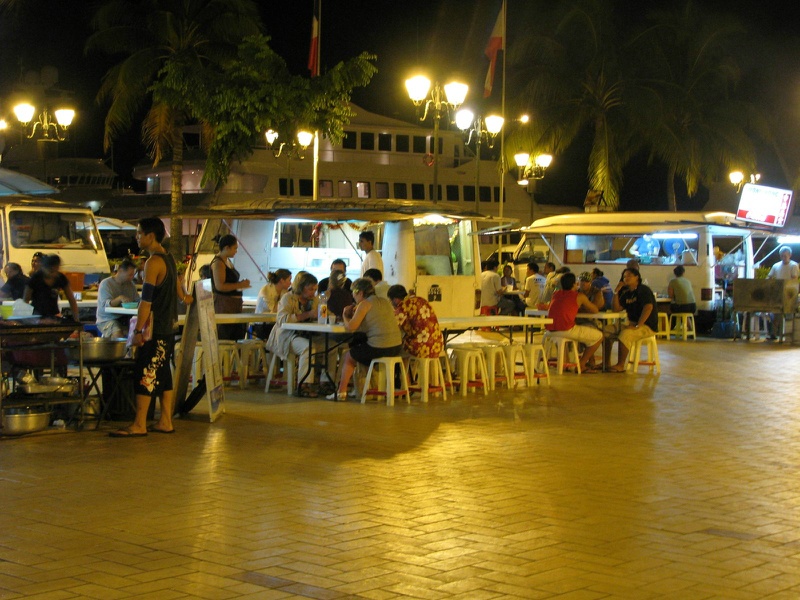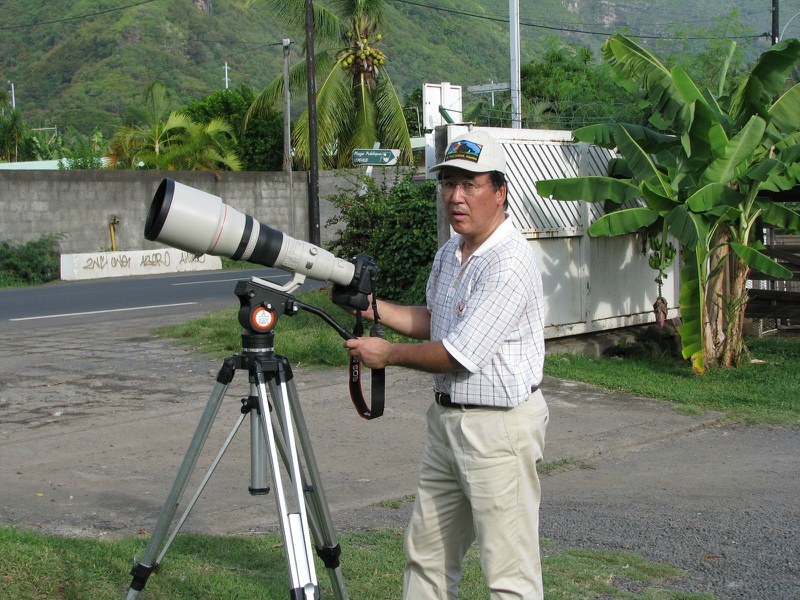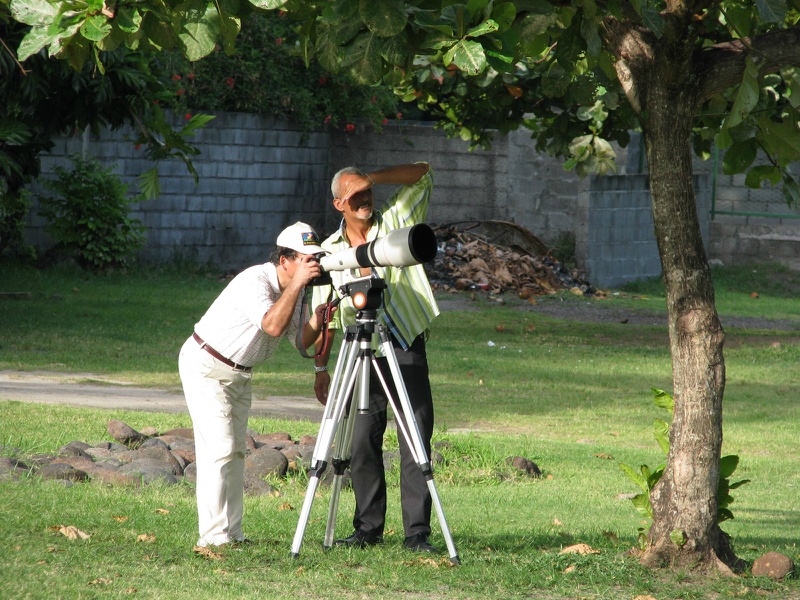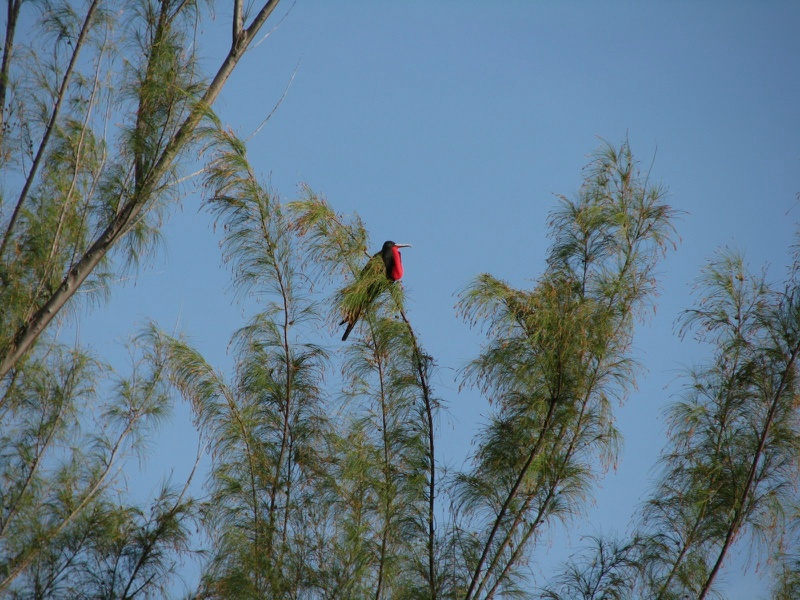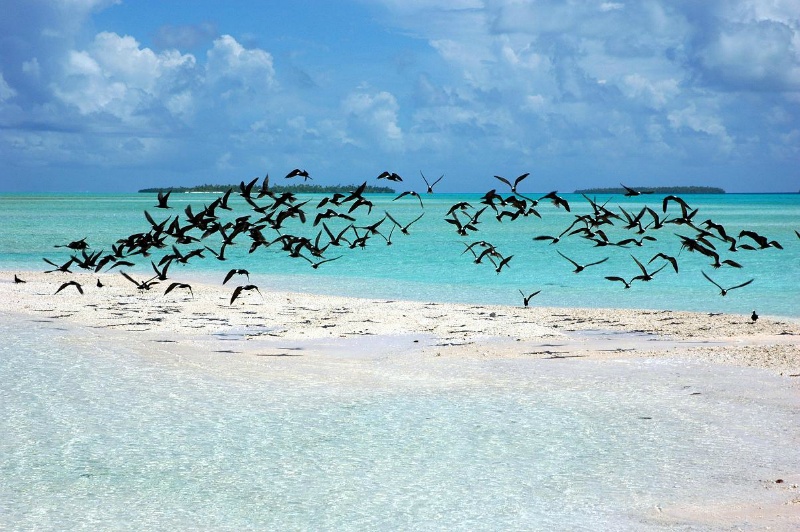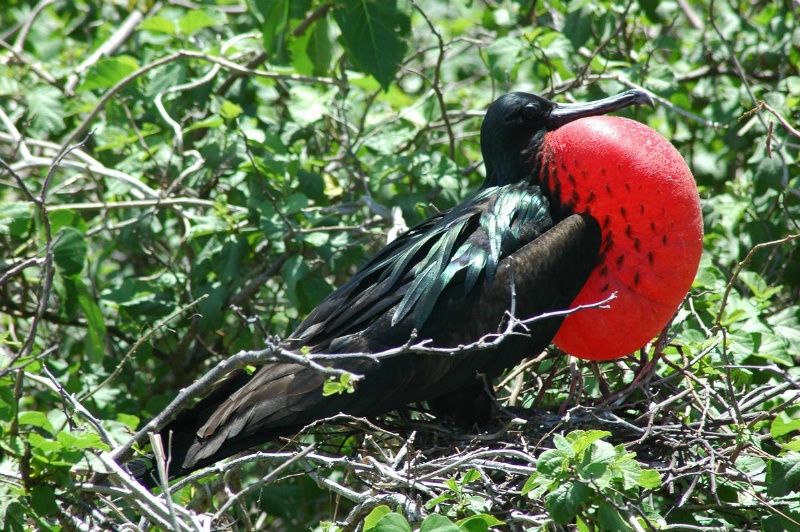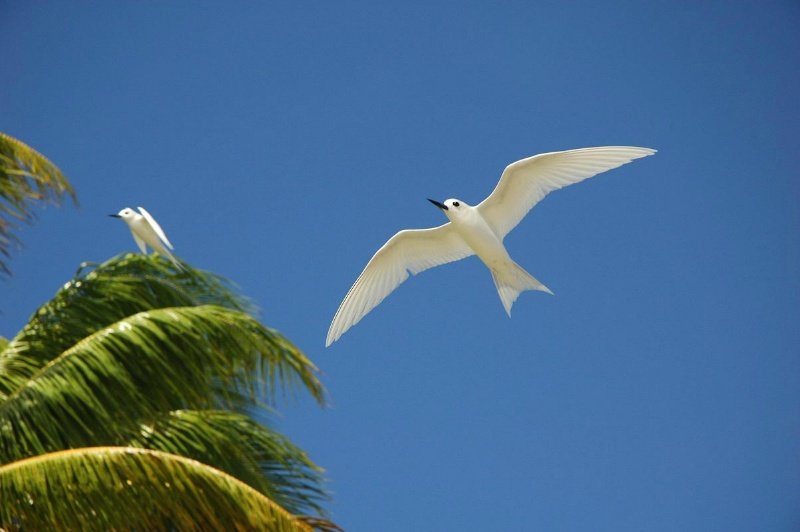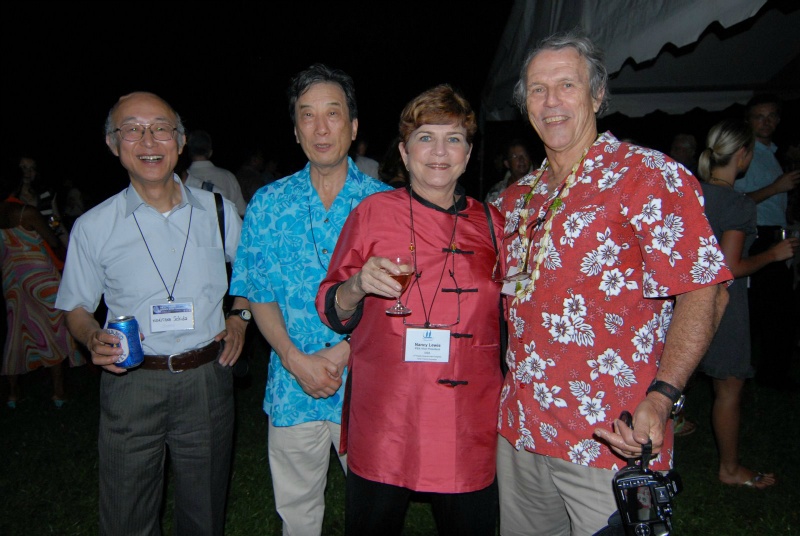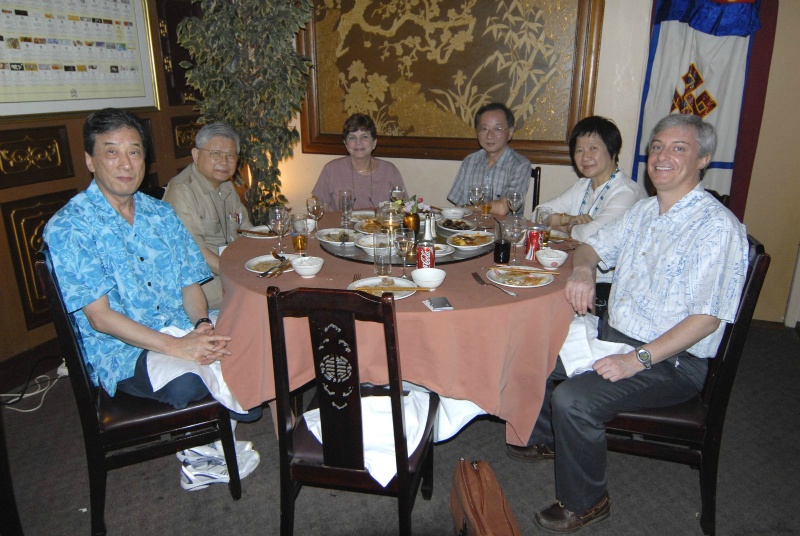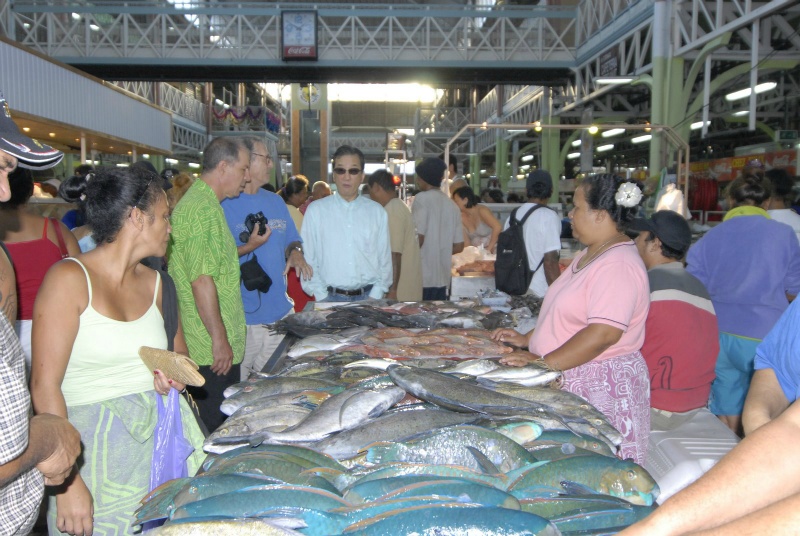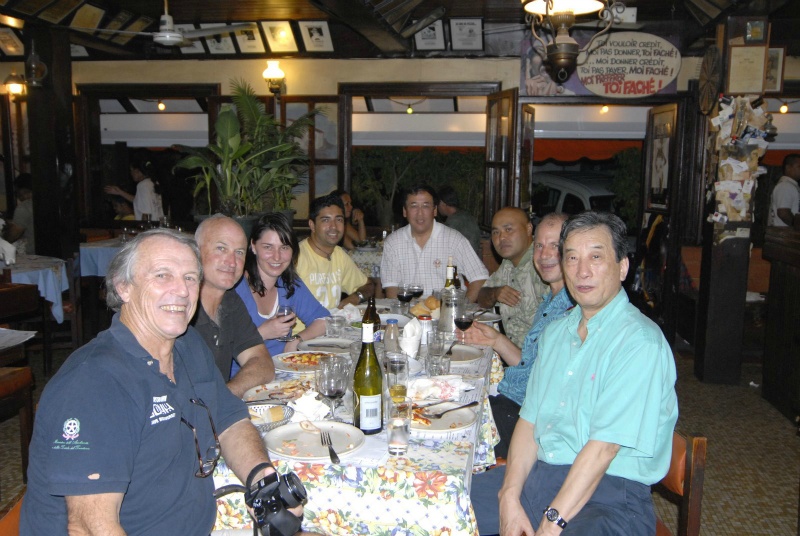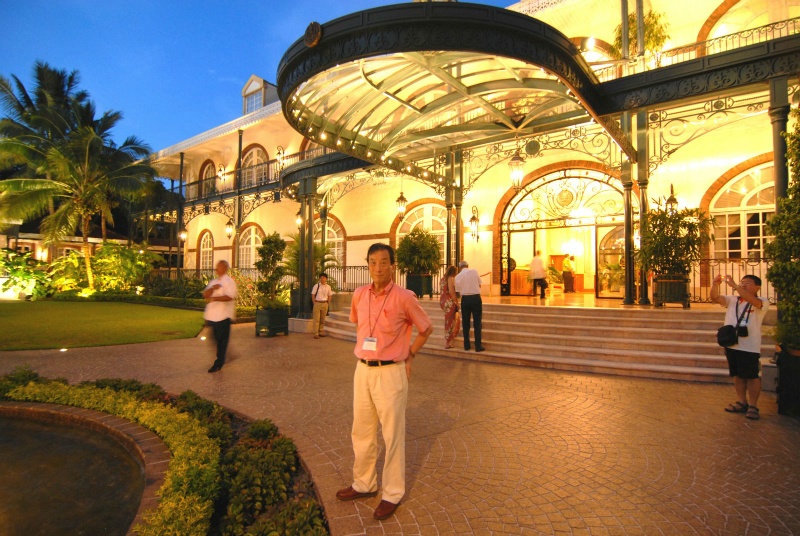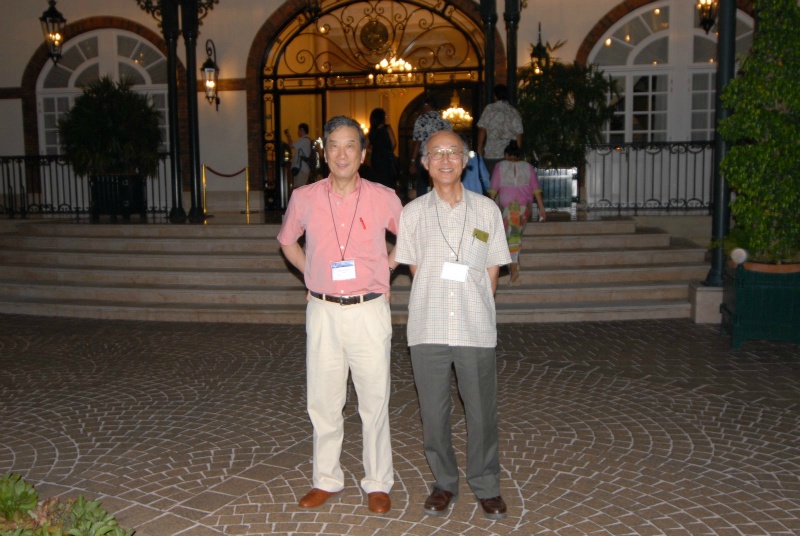Situation of Japan is not good at all. Of course, same can be said for the rest of the world. Everybody is trying to make changes and searching for future perspectives of politics, industry, economy, education, etc.
As for the national vision as I see it, I have been sending out messages again and again from the start of the New Year. On the April 25 issue of Diamond Weekly Magazine(in Japanese only) an article based on interview with me was published under the title of "Let Japan go and sell clean energy technologies to China & India ! "(the article is in Japanese only). Here, as always, people give countless reasons why they cannot change, why they cannot do. In politics, industries, or whatever, I urge the leaders to straighten up.
Mr. Hatoyama was elected the President of the Democratic Party. How will the politics move?
In Japan, people are talking mostly about the revised budget which is almost "dumping" of public resources, and this is greatly affecting the political situation. It appears to be "scattering money" to vested interest groups, "lucky dips" by Ministries and Departments. No one is drawing visions for the future nor seizing this rare chance for a drastic change. I can even hear irresponsible big laughter of some people.
Same thing for science and technology policies. A mega budget of 300 billion yen( 3.1 billion dollars) was appropriated like a bolt from the blue. But for what and how? Please watch carefully. It is of a very different kind compared to the science and technology policies of President Obama.
A nation not investing to young generation has no future. It is very important to let young people see and experience the broad world outside so to prepare them for the global age. Young people are precisely "the" asset of the nation in the future.












